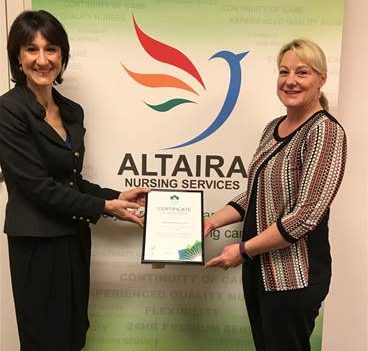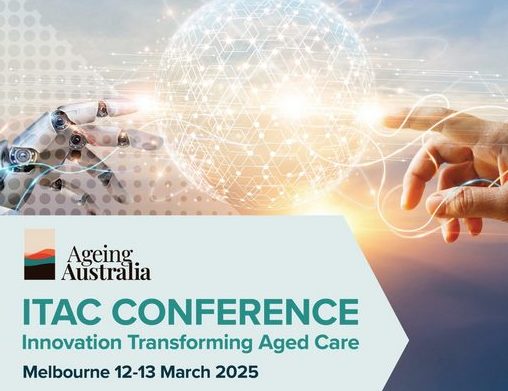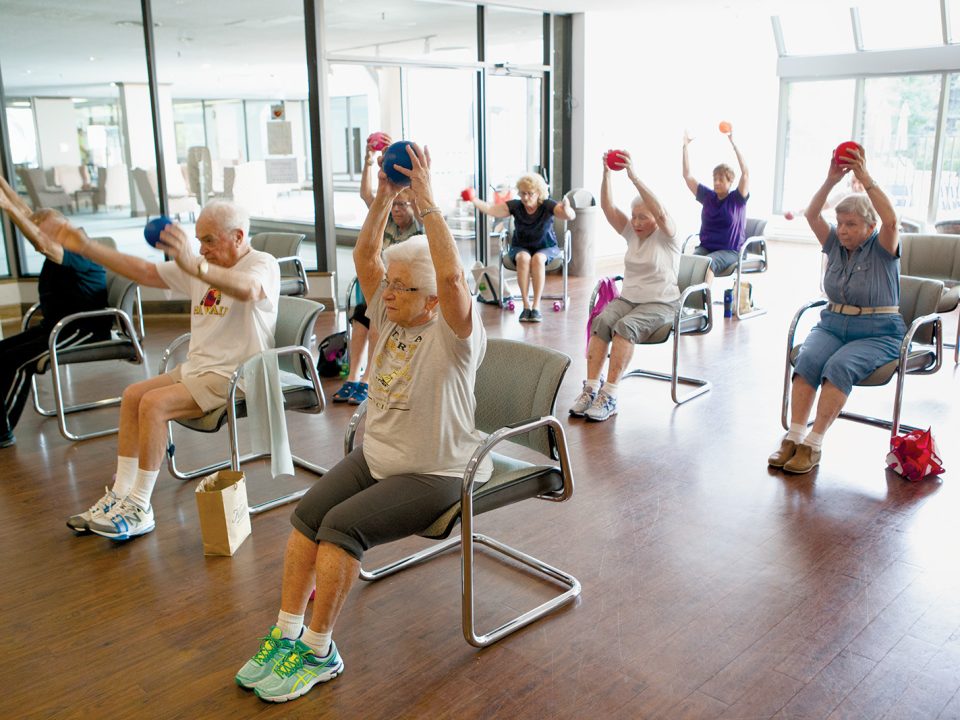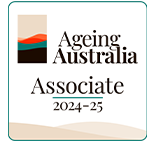
Altaira joins LASA
October 16, 2017
Fighting loneliness and isolation with friendship
October 29, 2017Silent disco does wonders for seniors and those with dementia

What once began as a post-graduate study and fundraising idea has grown to be an unmissable weekly activity with incredible benefits for aged care and retirement living residents and people living with dementia.
The ‘Move and Groove’ program, run by Alison Harrington, is a specialised seniors silent disco tour experience that, with the support of funding from the New South Wales Government, is helping to improve the quality of life for older Australians throughout Sydney and its surrounds.
Ms Harrington, who founded the concept in Sydney, applied for and was awarded the initial funding grant from government to test the concept around 18 months ago. Since then, she has not only been successful in implementing two ongoing programs, she has also secured a second round of funding to study the effect the silent discos have on people living with dementia.
“The initial round of funding was just a way to test if the idea of the silent disco’s would work,” she says.
“I started to run the classes at RSL LifeCare Narrabeen and after 10 weeks of trial, all of the participants loved it.
“They said it was something they couldn’t just stop so the facility since then has organised with us ongoing classes and we have started other classes in Manly.
“These classes were going well and we had a number of participants who had been diagnosed with dementia so, given that I had seen a lot about music and memory, I thought it would be interesting to run another study to see the impact of the silent disco concept on dementia.”
So, Ms Harrington set out and found a dementia consultant and together, they applied for the second round of NSW government funding to study the effects of the silent disco on dementia patients.
“We were successful and so we started working with people who had moderate to advanced dementia – some were almost catatonic,” she explains.
“The dementia consultant helped to pick the residents suitable for the study and we had the support of staff.
“We did 8 weeks at a provider who have a big dementia community, and were taking observations before and after each session – it was a great opportunity to put into perspective the different levels of interaction from participants.”
Playing songs from the 40s-60s through the Bluetooth headphones, Ms Harrington says the music, along with the instructor’s voice; aim to evoke memories and emotions for those living with dementia.
“One of the first things we had to test was if the participants could even have the headphones on – which all but one of the 50 participants could,” she says.
“The second thing was the level of engagement. Because they have the headsets and it is so immersive this means the level of engagement is so much higher than what has been seen with other activities.
“In certain cases staff were pointing out the clear improvements in engagement from certain participants.”
She adds that while the participants were hearing the music clearly for brain stimulation and memory invoking, they could still hear the instructor clearly.
“It’s all about telling a narrative through the songs – like for ‘New York New York’ we have them kicking puddles,” she says.
“Sometimes we use props like streamers and maracas – introducing new things is a bit of fun – we even had them throwing balls the other day which had one resident reminiscing of when she played netball 55 years ago.
“It was something she hadn’t done in so long – it is simple stuff but it is very joyful.”
As well as giving participants an opportunity to enjoy memories through the music and be in their ‘own little bubble’, Ms Harrington says the sessions are socially beneficial as well.
“Participants are still being social – they are listening to the same music at the same time, watching each other and having that communal joy,” she says.
Following their participation in the initial trial, RSL LifeCare Narrabeen has been continuing the program as part of the activities offered at their Therapy and Lifestyle Centre with Community Care Manager Sally Wills saying there are no plans to stop providing the much loved service to residents.
“Alison approached me with her concept at the beginning of 2016 and from the start I knew it was a bit quirky but it fit the criteria for what we try to offer at Narrabeen,” Ms Wills says.
“I really didn’t hesitate to say yes to her and give it a go to see if people liked it.
“The majority of the participants are over 65 with varying levels of mobility and some do have dementia but the class is well loved and we think it’s a wonderful wellness and reablement idea.”
Shirley McLaren, at 85 years young, is one of RSL LifeCare’s regularly participating residents.
“I love the music of yester-year – songs I know all the words to,” she says.
“It’s good for the brain and coordination and is a wonderful activity.
“I’m just dancing, with my headphones on, like nobody is watching, with a big smile on my face, lost in the music and movement!”
Ms Harrington says it is participating residents like Ms McLaren that show her just how much of an impact the sessions have.
“It is all very rewarding to see,” she says.
“I know that I can’t ever stop it because our participants just love it so much!”
This article was originally published on agedcareguide.com.au on 14/10/17.
Author unknown.










